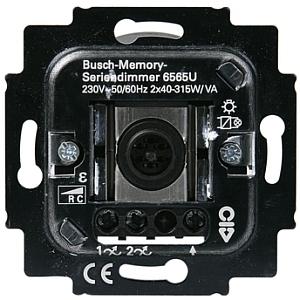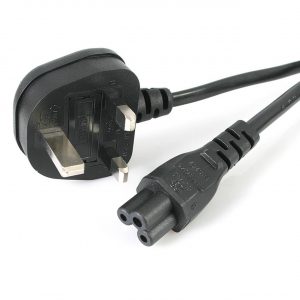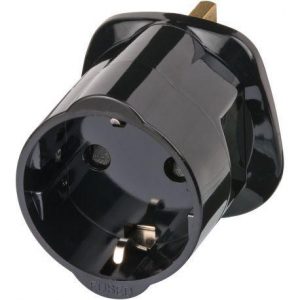Description
Dimmer, Wall dimmer, Halogen, Incandescent, Touch, Black
ABB 6565 U properties
| Product name | 6565 U |
| Type | Dimmer |
| Dimmer | Wall dimmer |
| Suitable for lamp type | Halogen, Incandescent |
| Rotating or Touch | Touch |
| Memory Function | Yes |
| Voltage | 230 V |
| Colour | Black |
| Weight | 108.0 g |










Reviews
There are no reviews yet.